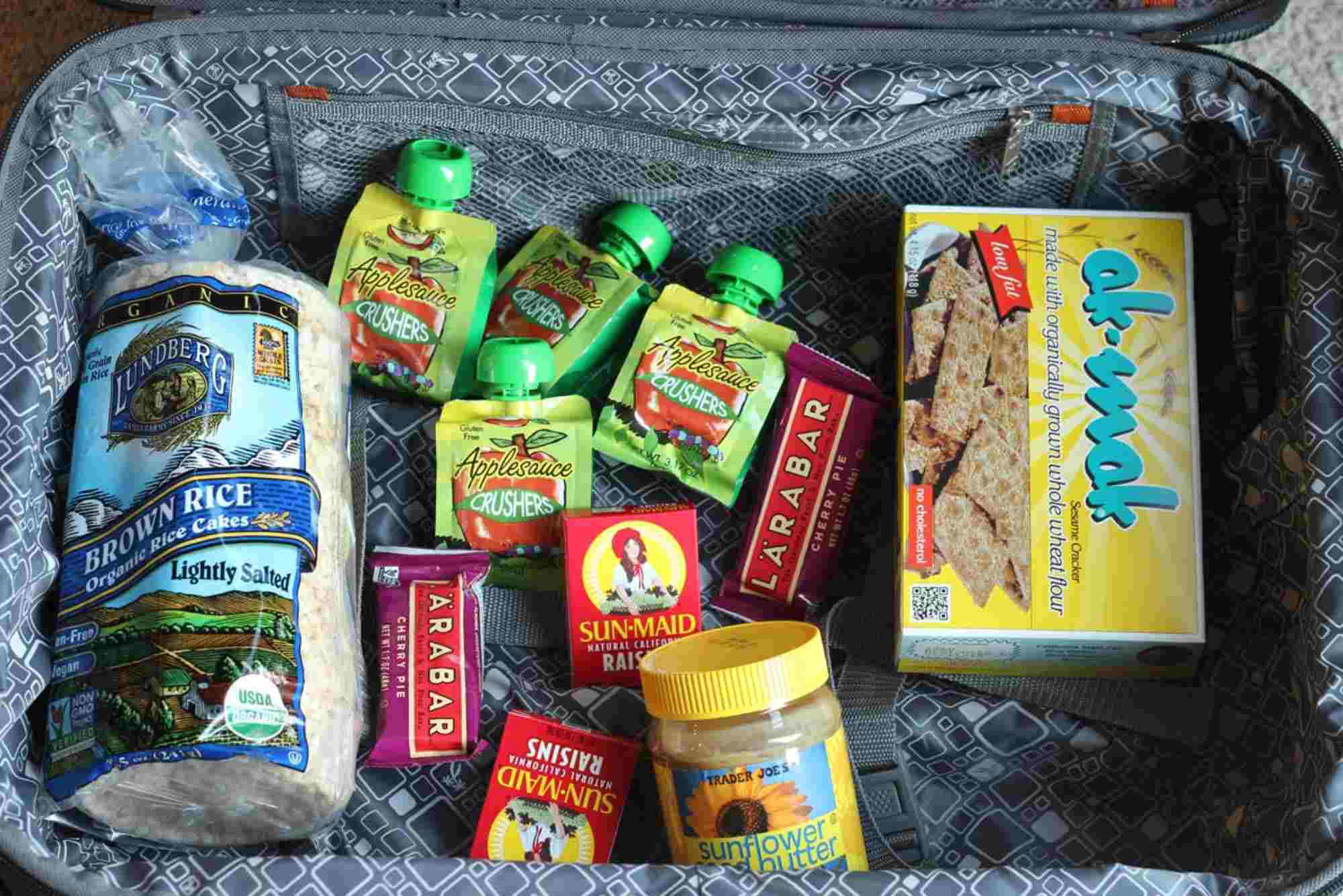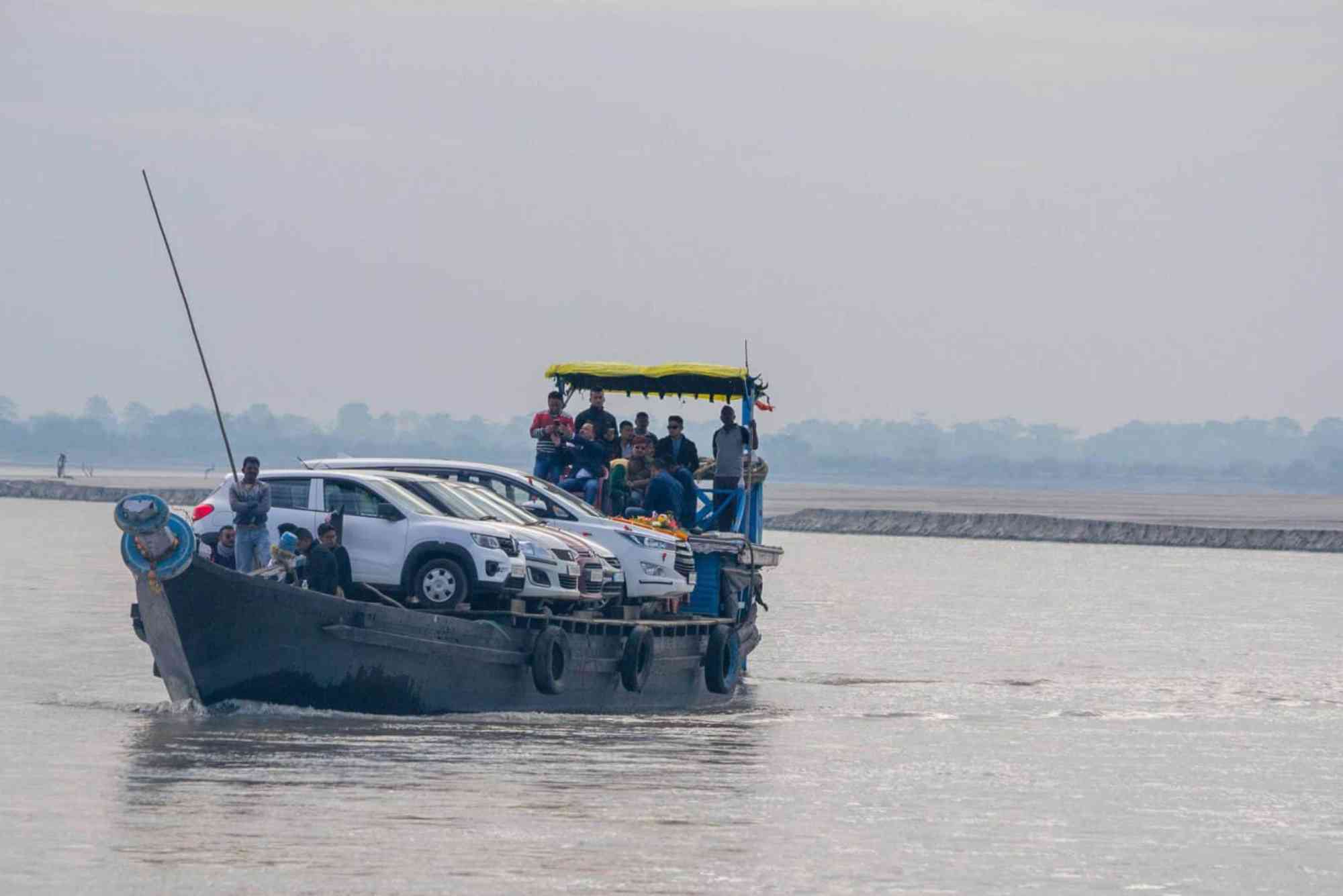Best Food to Take on a Trip – Snacks, Meals & Storage Tips
When it comes to traveling, packing the right food can make or break your trip. Whether you’re embarking on a road trip, hiking adventure, or a long flight, having convenient, nutritious, and delicious food on hand is essential. The best food to take on a trip strikes a balance between taste, nutrition, portability, and ease of storage. In this guide, you’ll find practical ideas for snacks and meals, along with expert storage tips to keep your food fresh and safe, no matter your destination.
Why Choosing the Right Food for Travel Matters
Traveling often disrupts your usual eating routine, leading to hunger pangs or unhealthy choices. Carrying your own food helps you avoid overpriced or low-quality options at rest stops or airports. It also ensures you have energy and focus throughout your journey. However, selecting what to pack requires thoughtful planning. Food that spoils quickly or creates messes can cause discomfort. Therefore, understanding the best food to take on a trip is about convenience, health, and enjoyment.
What to Consider When Choosing Food for a Trip
Before diving into specific food ideas, consider a few important factors:
- Duration of Trip: The length of your travel influences whether you need a few snacks or full meals.
- Type of Trip: Hiking, flying, or car trips all have different constraints and needs.
- Storage Facilities: Access to refrigeration or cooling will affect what food you can bring.
- Personal Dietary Needs: Allergies, preferences, and nutrition goals should guide your choices.
- Ease of Eating: Opt for food that is easy to consume on the go, with minimal utensils or mess.
With these points in mind, you can select the best food to take on a trip that suits your unique situation.
Smart Snack Choices for Any Trip
Snacks are the cornerstone of travel food. They keep hunger at bay and provide quick energy boosts between meals. The best snacks to take on a trip are non-perishable, easy to pack, and nutrient-dense. Here are some ideas that excel in these areas.
Nuts and Seeds
Almonds, walnuts, cashews, pumpkin seeds, and sunflower seeds are fantastic travel snacks. They are rich in healthy fats, protein, and fiber, which help maintain energy levels. Plus, nuts and seeds are lightweight and don’t require refrigeration, making them ideal for any trip.
Dried Fruits
Dried mangoes, apricots, cranberries, or raisins offer a sweet alternative to sugary snacks. They provide vitamins and natural sugars for quick energy. However, portion control is important, as dried fruits can be calorie-dense.
Whole Grain Crackers and Rice Cakes
These provide complex carbohydrates for sustained energy release. Pairing crackers or rice cakes with nut butter packets or cheese cubes can turn a simple snack into a satisfying mini-meal.
Energy Bars and Protein Bars
When time is tight, pre-packaged bars come to the rescue. Choose bars with natural ingredients and balanced macronutrients to avoid a sugar crash later. Bars made with nuts, seeds, oats, and minimal added sugars are best.
Fresh Fruit
Apples, bananas, oranges, and grapes travel well without much fuss. They offer hydration and fiber, refreshing you on the move. Keep in mind some fruits bruise easily, so pack them securely.
Easy Meal Options to Pack for Travel
Sometimes, snacks aren’t enough. Long trips require complete meals that nourish your body and keep you satisfied. The best food to take on a trip for meals should be portable, easy to prepare or eat cold, and provide balanced nutrition.
Sandwiches and Wraps
Classic and versatile, sandwiches or wraps can be filled with lean proteins like turkey, chicken, or hummus, combined with fresh veggies. Use whole-grain bread or tortillas for extra fiber. To keep them fresh, avoid watery ingredients like tomatoes unless packed separately.
Salads in a Jar
Layering salad ingredients in a mason jar is a smart way to carry a fresh meal. Keep dressings at the bottom and leafy greens at the top to prevent sogginess. This method lets you enjoy a crisp, healthy meal anywhere.
Pre-Cooked Grain Bowls
Grains like quinoa, brown rice, or couscous make excellent bases for travel meals. Add roasted vegetables, beans, or grilled chicken for protein and flavor. These bowls store well in airtight containers and can be eaten cold or at room temperature.
Hard-Boiled Eggs
A portable protein source that’s easy to prepare in advance. Hard-boiled eggs keep well for several hours outside refrigeration and help sustain energy.
Cheese and Charcuterie Packs
If your trip includes a cooler, small portions of cheese paired with cured meats, olives, and nuts make an indulgent yet manageable meal. Choose harder cheeses that tolerate warmth better, such as cheddar or gouda.
Practical Storage Tips for Travel Food
Keeping your food fresh and safe during travel is just as important as choosing what to eat. Food safety prevents illness and preserves flavor, ensuring you enjoy every bite.
Use Insulated Bags and Coolers
For perishable items like dairy, meats, or prepared meals, insulated bags with ice packs are essential. They maintain low temperatures for several hours. Be sure to pre-chill your bag and packs before packing food.
Pack Food in Airtight Containers
Airtight containers prevent spills, odors, and contamination. They also help food stay fresher longer by limiting exposure to air. Consider reusable silicone or BPA-free plastic containers for durability.
Opt for Single-Serve Portions
Pre-portioning snacks and meals into small containers or bags saves space and reduces waste. It also makes it easier to grab food on the go without unpacking everything.
Keep Dry and Wet Foods Separate
Prevent soggy snacks by storing dry items separately from moist or saucy foods. Use separate containers or resealable bags to maintain texture and taste.
Mind the Temperature and Timing
Avoid leaving perishable food out for over two hours in warm weather. If you expect longer travel times, plan to consume perishable items first or carry non-perishables instead.
Food to Take on a Trip Based on Travel Type
Different trips call for tailored food choices. Here’s how to pick the best food to take on a trip depending on your travel mode.
Road Trips
Road trips allow more space and flexibility. Cooler bags, portable grills, or even a small stove may be possible. Take a mix of fresh sandwiches, cut veggies, and hearty snacks like nuts or trail mix. Don’t forget plenty of water.
Hiking and Outdoor Adventures
For active trips, pack lightweight, energy-dense foods. Think dried fruits, nuts, energy bars, and jerky. Avoid bulky or fragile items. High-protein snacks keep muscles fueled, while easy-to-carry items minimize your pack weight.
Flights and Airports
Airport food is often expensive and unhealthy, so bring your own. Focus on dry snacks like granola bars, crackers, and fresh fruits. Avoid liquids over 100 ml to comply with security regulations. Portable sandwiches or wraps are great for longer waits.
Camping Trips
Meals that require minimal cooking or can be prepared ahead are best. Pre-cooked grain bowls, foil packet meals, or canned beans work well. Don’t forget utensils, a can opener, and biodegradable wipes for easy clean-up.
Benefits of Packing Your Own Food on Trips
Packing your own food is not only practical but also offers multiple benefits:
- Saves Money: Avoid costly airport or convenience store prices.
- Healthier Choices: Control ingredients and nutrition to suit your diet.
- Reduces Waste: Using reusable containers helps the environment.
- Saves Time: Avoid waiting in lines or searching for places to eat.
- Personalized Comfort: Eat what you love, even in unfamiliar places.
Common Mistakes to Avoid When Packing Food for Travel
Even the best-planned food can fail if you overlook simple mistakes. Avoid these pitfalls to have a smooth eating experience:
- Packing perishable food without proper cooling.
- Overpacking bulky items that add unnecessary weight.
- Forgetting utensils or napkins.
- Not sealing containers properly, leading to spills.
- Ignoring travel restrictions on liquids or certain foods.
Knowing the best food to take on a trip makes traveling more enjoyable and stress-free. By selecting smart snacks and meals, storing them properly, and considering your trip type, you can stay nourished and energized on the go. Whether you’re hiking, flying, or road-tripping, a well-packed food supply is your best travel companion.
Start planning your next trip’s food today! Gather your favorite snacks, prepare balanced meals, and pack with care. Your body and taste buds will thank you for it.
FAQ
Q: What are the best snacks to take on a long trip?
A: Nuts, dried fruits, energy bars, and whole-grain crackers are ideal. They’re non-perishable, easy to carry, and provide lasting energy.
Q: How can I keep food fresh during travel without a fridge?
A: Use insulated bags with ice packs, airtight containers, and choose non-perishable foods that don’t require refrigeration.
Q: What are good meal ideas for travel that don’t need reheating?
A: Sandwiches, wraps, salads in jars, pre-cooked grain bowls, and hard-boiled eggs are easy, nutritious options that can be eaten cold.
Q: Can I bring fresh fruit on a plane?
A: Yes, fresh fruits like apples, bananas, and grapes are allowed through security, but be sure to consume or dispose of them before international customs if required.
Q: How do I avoid food spills in my travel bag?
A: Pack food in airtight containers or resealable bags. Keep wet and dry foods separate and double-check seals before packing.





